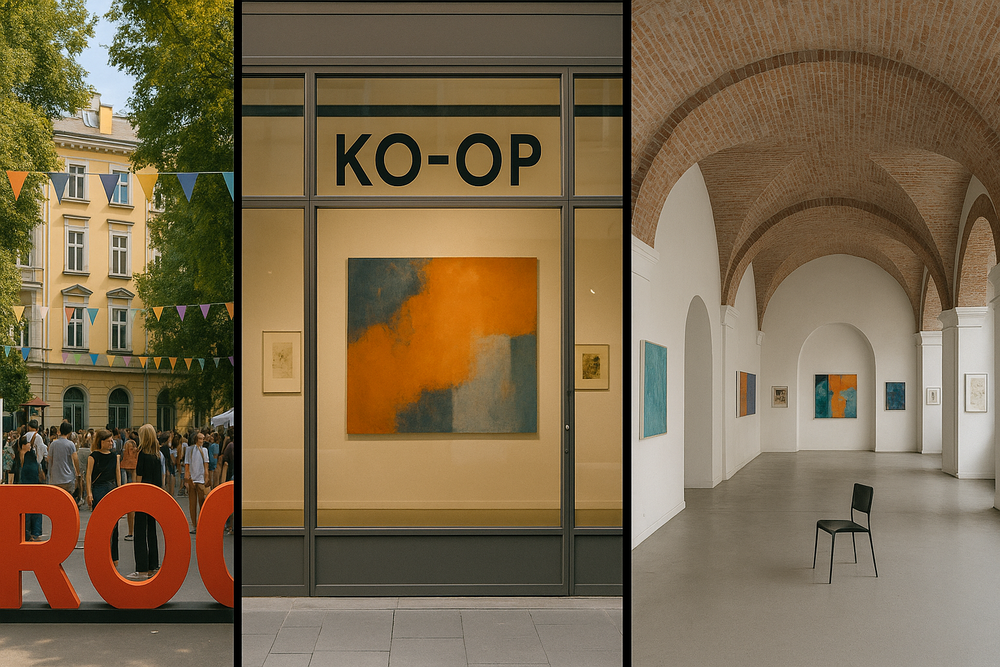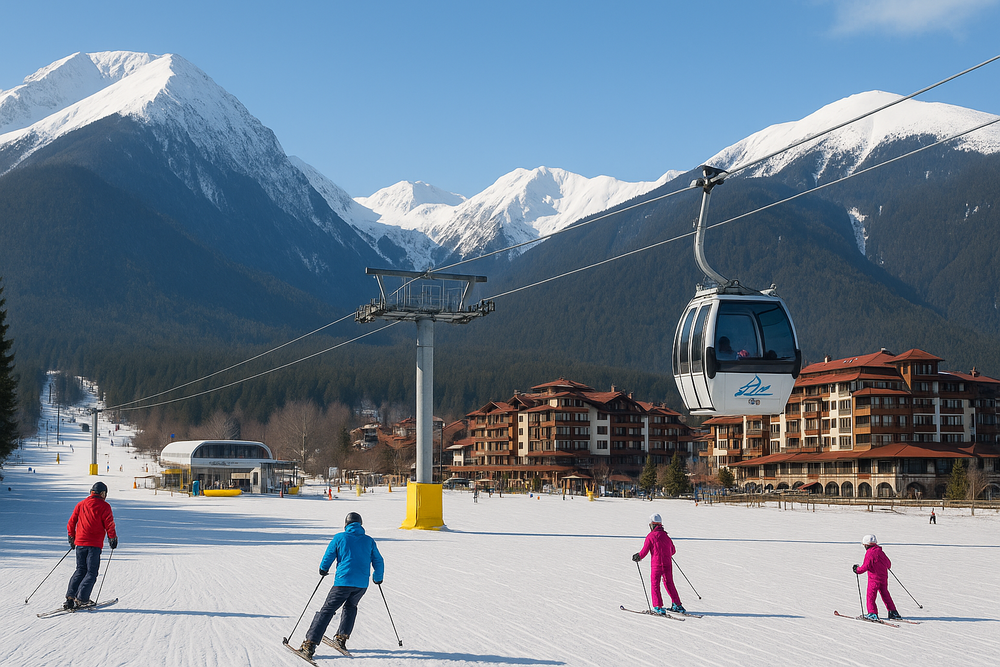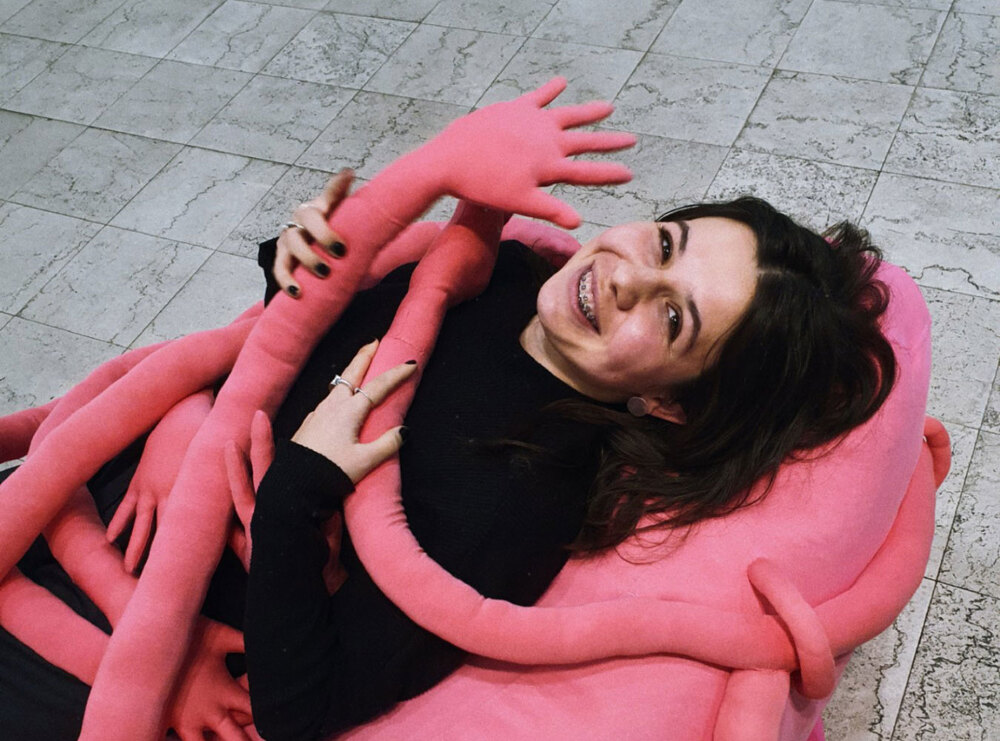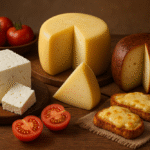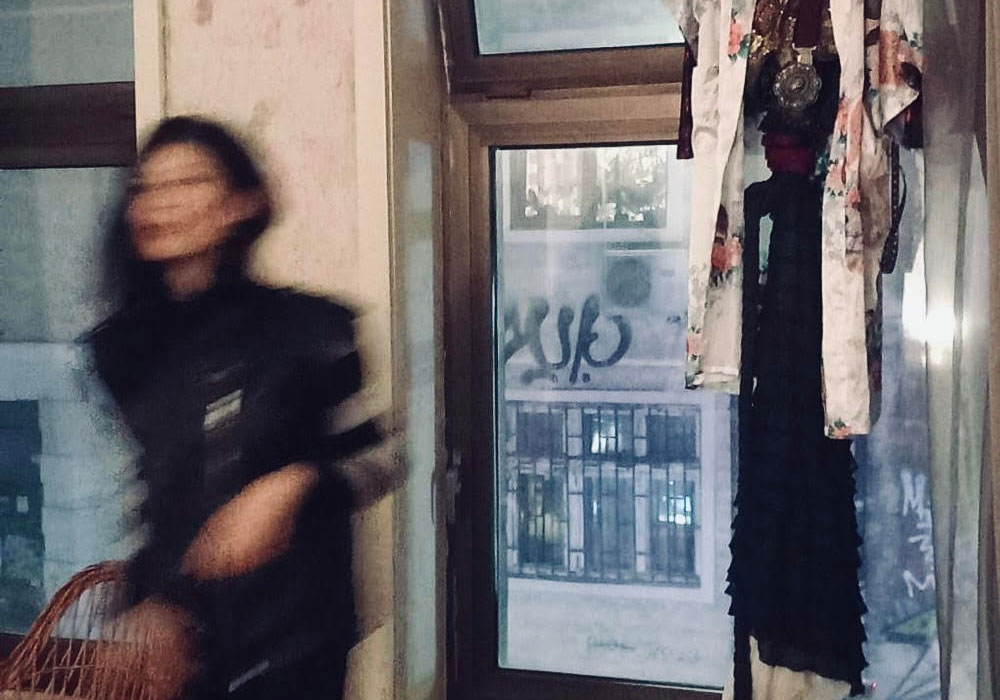How has your background in Textile Art & Design from the National Academy of Arts in Sofia influenced your creative approach?
Studying at the National Academy of Arts gave me a solid start in textile art and showed me what’s possible with different materials. It also gave me an art history background, which has helped me find inspiration in many artists, both old and new. Back then, I was mainly focused on the design aspect of textiles and didn’t really dive into the artistic side until years later, after my Master’s. Now, my creative approach is influenced by a mix of artists, techniques, visuals, and all kinds of things I’ve picked up over time.
Can you describe how your personal experiences and the environments you’ve lived in have shaped your art over time?
I’m drawn to themes like connection, loss, memory, and storytelling, so the people and places around me have always played a big role in my work. I’m the kind of person who’s always jotting down thoughts and trying to capture moments. The spaces I live in shape how I see the world. At home, I love being surrounded by my books, materials, sentimental objects, good music, and great food. When I’m out, I like to slow down and really observe the spaces around me. Whether I’m people-watching in a park with a coffee or wandering through a forest, listening to the wind and birds, I find inspiration everywhere and try to stay connected to everything around me. The people in my close environment are also very important to my practice. I think the connections we create with the world and through others are vital to the way we think and create.
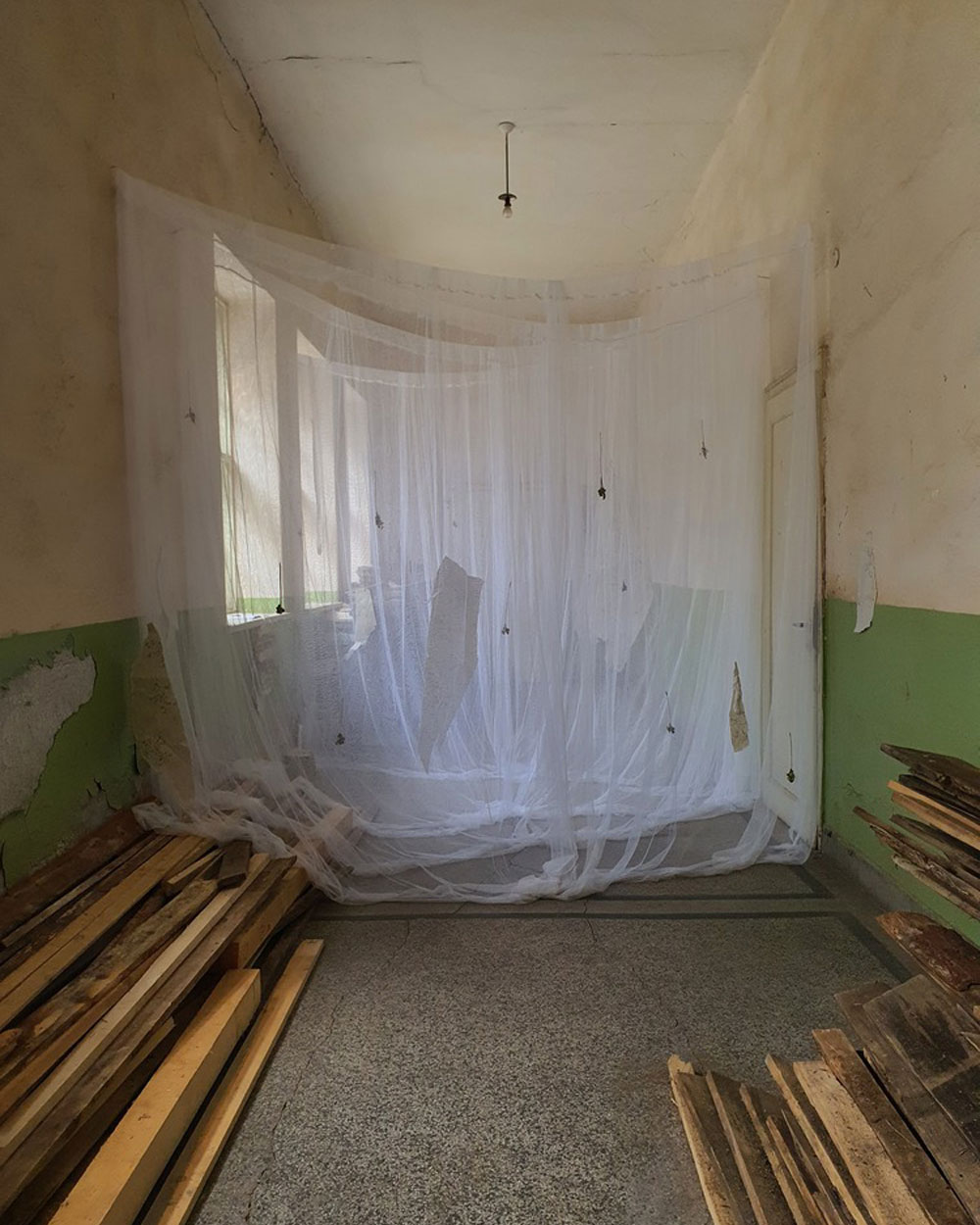
As an artist born in Bulgaria, do you find that the cultural landscape of your homeland plays a key role in your artistic expression?
I was born in Bulgaria, but I spent the first half of my life in the U.S., and then moved around quite a bit before finding my way back here. So, my relationship with Bulgaria is a bit complex. Even though I’ve lived here for the last 10 years, I’ve never fully felt rooted — more like a visitor who knows their way around. I speak Bulgarian fluently, but I still think, read, and create mostly in English. It’s my mother tongue and the language I feel most natural in. I consume English media, write down my thoughts in English, and that definitely shapes how I express myself creatively.
At the same time, there are things about Bulgaria that feel like home in a very cozy, sensory way. I love the food, the smell of roasted red peppers at the end of summer, the way the seasons shift, and the slower rhythms of life outside the city. Still, I catch myself missing random American things like Hot Cheetos or classic glazed donuts, and certain parts of the cities I grew up in — all little reminders of my childhood.
So while I wouldn’t say Bulgaria’s cultural landscape is a central part of my artistic identity, my mixed background definitely shapes how I see and experience the world, and that inevitably makes its way into my work.
What role do you think Bulgaria plays in the broader European creative scene, and how does it influence the work of contemporary artists like yourself?
Like I mentioned, I’ve always felt a little like a foreigner here, but I do find a lot of inspiration in Bulgaria’s natural landscape. It’s easy to escape the city and be in the mountains or by the sea, which feeds my creativity. Plus, being here puts the rest of Europe within easy reach, so it feels like a perfect base for exploring and staying connected to the wider creative world and network of people.
Are there any recent Bulgarian art projects or galleries that have particularly inspired or impressed you? Could you share why they stand out?
Yes, I’ve definitely noticed the Bulgarian art scene growing a lot over the past few years. I mean in a more contemporary sense. Some of the better-known galleries in the center of Sofia, like DOZA, Bobbina, Credo Bonum, Depoo, Punta, and Posta (and many others) have been doing a great job of showcasing fresh, exciting work. I’ve been able to meet many wonderful people through their events, who have been a great influence to me over the last year, and have also had the chance to be part of a few of their shows, which has been really special.
Events like Sofia Art Week, BUNA, Water Tower Art Fest, and Art Start are also doing amazing things. They create space for artists to experiment and be seen, which wasn’t always the case here. There’s been a real shift lately, with more open calls and opportunities popping up. It’s exciting because it gives younger or emerging artists, myself included, a chance to be part of the conversation and contribute to projects that often touch on important social or economic issues. It feels like a more inclusive, dynamic scene than it used to be, and that’s super inspiring.
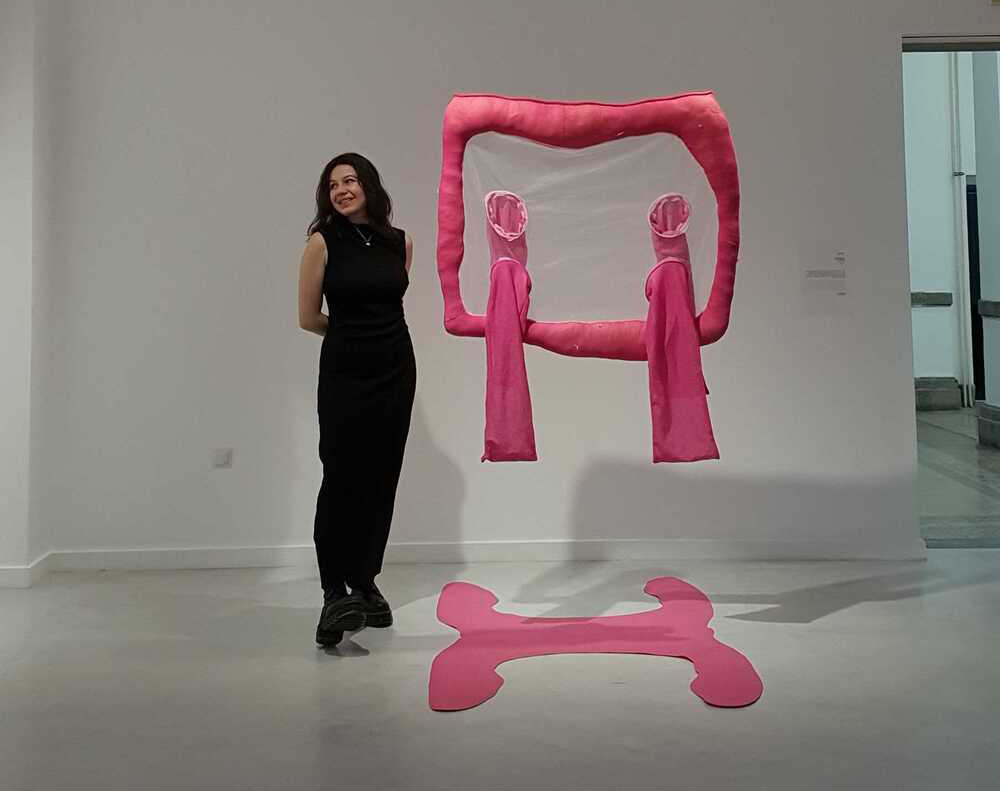
Your work combines traditional and digital mediums in a unique way. How did you develop this fusion, and what drives your exploration of both techniques?
The mix of traditional and digital kind of came naturally over time. I’ve always been drawn to working with my hands — sewing, weaving, and sculpting are slow, tactile processes that really ground me. But I also grew up with digital tools, and using things like photography, video, or 3D rendering just became part of how I explore ideas. At some point, I stopped seeing them as separate worlds and started blending them more intentionally.
A lot of it comes from curiosity. I’m always looking for new ways to express an idea, and sometimes digital tools help me experiment faster or visualize something that I can later bring into the physical world. Other times, I’ll start with a handmade object and then scan or photograph it to manipulate digitally and see how it transforms.
What drives me is the contrast between the two mediums. It opens up a lot of space for play and for challenging what “craft” or “art” is supposed to look like. I think that in-between space is where a lot of the magic happens.
In your portfolio, you emphasize the power of color, texture, and shape. How do you decide on these elements when creating each piece?
Honestly, every piece kind of comes together on its own — it’s like a process of discovery. I usually start with a loose idea or a feeling I want to explore, and then I dive into my studio to see what materials I already have on hand. Since I mostly work with recycled and found materials, that first step is really intuitive and hands-on. I love seeing what can be salvaged or repurposed. It’s almost like the materials tell me what direction to take.
It pushes me to be more resourceful and creative in how I combine textures, colors, and shapes. Sometimes the texture of a rough scrap of fabric or the color of a faded thread will spark a whole new idea. I’m really drawn to contrasts: soft and rough, natural and synthetic, delicate and bold. So a lot of those choices just happen in the moment, based on instinct and what feels right as the piece evolves.
In the end, it’s less about following a strict plan and more about staying open and curious throughout the process.
How does nostalgia influence the themes and emotions you try to evoke through your work?
Nostalgia is a big part of my work. It shows up in a lot of ways, both subtle and obvious. I’m really interested in how memories shape us, especially the small, quiet ones that stick with you for no clear reason. I often find myself trying to capture a certain feeling or moment from the past. Not to recreate it exactly, but to explore how it lingers or shifts over time.
Sometimes it’s sparked by an old object, a scent, a bit of fabric, or even a sound. I collect a lot of things that hold sentimental value, and they often find their way into my work. I think there’s something really powerful in that emotional layering, mixing the personal with the universal. Everyone experiences nostalgia differently, but it has a way of connecting us, of opening up space for reflection and emotion.
In a way, my work is like building little altars to memory. It’s not always sad or heavy; sometimes it’s playful, sometimes it’s soft or tender. But I’m always chasing that feeling of something almost forgotten, just barely out of reach, and trying to bring it into the present.
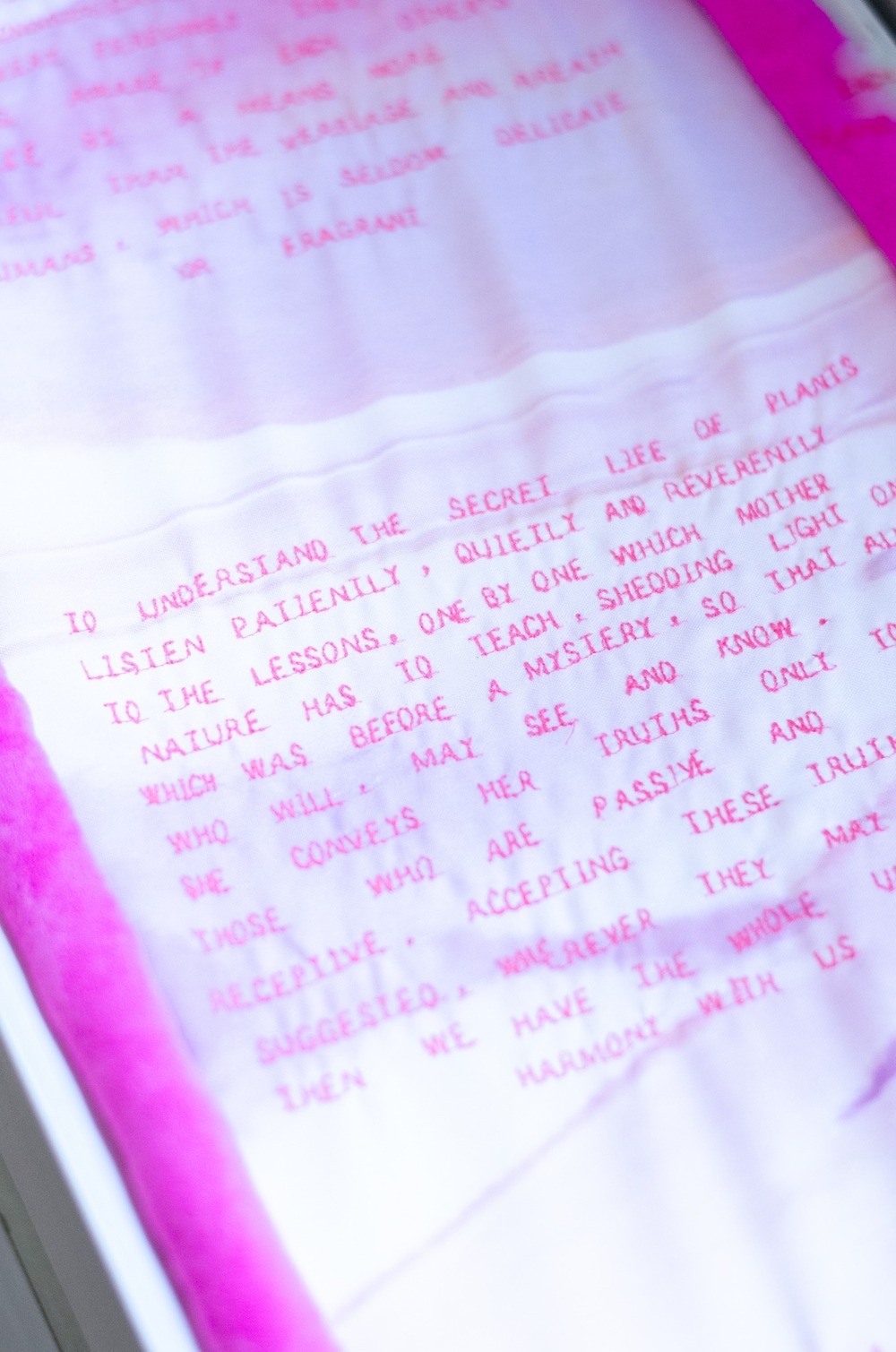
Can you walk us through your creative process when you start a new piece? How do you move from concept to finished artwork?
I managed to kind of answer this in the earlier question, but my process is pretty intuitive and hands-on. I rarely start with a clear, detailed plan. Usually, it begins with a loose idea, a feeling, or something that’s been sitting in my notes or sketchbook. From there, it’s all about exploring. Like I mentioned before, I work mostly with recycled and found materials, so a big part of the process is just digging through what I already have in the studio. Textiles, scraps, and little objects I’ve collected are all things that can spark something for me.
Sometimes, the materials guide the piece more than the original concept. I might find a certain texture or color combination that shifts the direction completely. That said, I do still buy certain things when a project calls for something specific, but I always try to look second-hand first. Lately, I’ve also gotten really into making my own materials, which has been super exciting. Over the past year, I’ve been experimenting with biomaterials made from algae. I also weave my own fabrics on a loom and am learning to spin yarn from scratch. Those processes are slow and meditative, and they’ve really deepened my relationship with the materials I use.
From there, it becomes a lot of trial and error, placing, layering, and editing. I might photograph elements, manipulate them digitally, or sketch on top to figure out composition. The finished piece often ends up somewhere I didn’t expect, but I think that’s what makes it feel alive. I’m not trying to force an outcome. I’m just trying to stay present with the process and let the work unfold in its own way.
How do you envision your art evolving in the future, and are there new materials or techniques you’re excited to explore?
I’m excited to keep exploring biomaterials, especially the ones I’ve started working with recently, like those made from algae. It feels like there’s so much potential there, both creatively and environmentally. I also want to keep pushing the limits of what I can create using recycled materials. Finding new ways to give old things a second life is really important to me.
For an upcoming show, I’m diving into sound installation for the first time, which is totally new territory. It’s been a fun challenge to explore how sound can add another layer to my work, and I love that it opens up new ways to connect with people.
Even though I think of myself primarily as a textile artist, I don’t want to get stuck in any one category or label. I want my practice to keep evolving naturally and to focus on creating pieces that make me happy and resonate with others. At the end of the day, if my work can spark conversations, bring joy, trigger memories, or hold meaning for someone else, that’s what really makes me feel fulfilled.

